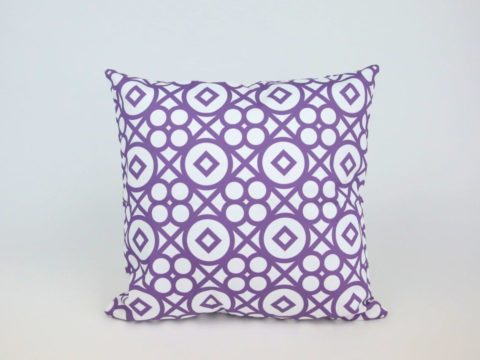Marie of Guise: Life Story
Chapter 4 : Queen of Scots (1538 - 1542)
The wedding took place at Chateaudun on 9th May 1538, following the necessary dispensation from the Pope, as the couple were third cousins. For his second marriage, James was represented by his proxy, Robert, Lord Maxwell. The bride’s wedding ring contained a single diamond and cost James 300 crowns. Marie was now Queen of Scots.
She set sail in June for her new country, arriving at Balcomie in Fife towards the end of the month, pleasingly free from sea-sickness. Marie and James went through a further marriage ceremony at St Andrew's, before taking a trip both to show Marie the country, and to let the Scots see their new queen. A formal entry into Edinburgh took place on 16th November 1538, followed by her coronation on 22nd February 1540 at Holyrood Abbey.
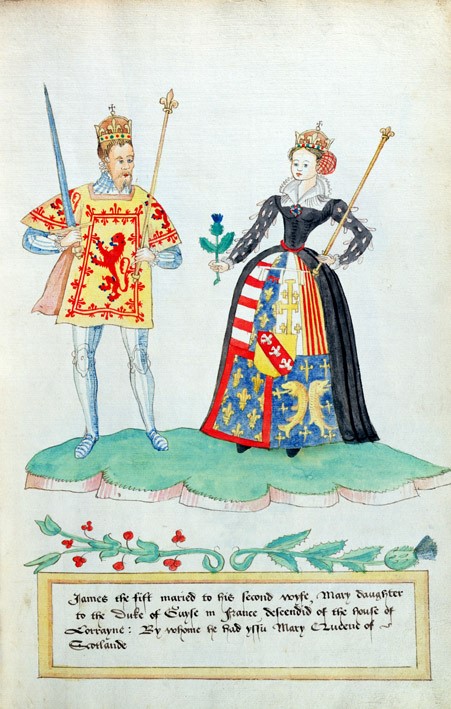
Marie and James do not seem to have been very compatible personally. He continued his flagrant womanising, and there are letters from him in which he seems to be brushing aside her requests for him to return home and her fears that he has forgotten her.
Whatever they felt about each other, they knew their duty and produced two sons in quick succession – James in May 1540 and Robert in April 1541. Heartbreakingly, both boys died on the same day, 21 April 1541. They were buried in the same tomb as Queen Madeleine.
Whilst Queen, Marie spent much of her time in architectural projects. This was one area of interest that she and James had in common, and significant sums were expended on the refurbishing and updating of Falkland Palace, Linlithgow and Stirling. Marie's knowledge of the beautiful palaces of the Loire must have influenced the design.
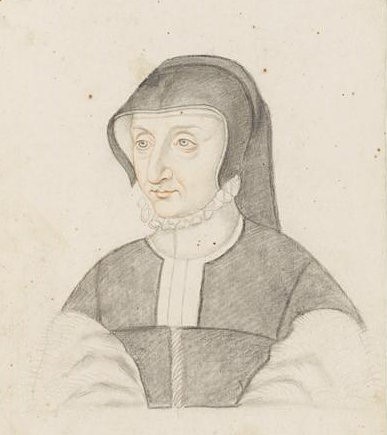
There was also frequent correspondence with her mother, in which Antoinette relays family news and reassures Marie as the health of her son, the Duke of Longueville. She tells her daughter that little Francois was so happy in the company of his grandfather, that he has ‘lost some of his naughtiness’, and that the two could only part in tears.
In other letters from her son's governess, Mlle Jeanne, Francois sends messages to his mother typical of any little boy ‘I have a pony, now I want a big horse, it is to be black. Madame Grandmere takes me often round her garden.’
Marie also managed to build a relationship with James' difficult mother, Margaret Tudor, the Dowager Queen. Henry VIII’s Ambassador recorded Margaret’s statement that ‘she was well treated and made much of, of the new Queen (Marie)’
Queen Margaret had spent most of her life trying to reconcile the country of her birth with the country of her adoption. Throughout the late 1530s both countries had carried out raids and low level acts of aggression, but Margaret had continued to press for a meeting between James and his uncle, Henry VIII.
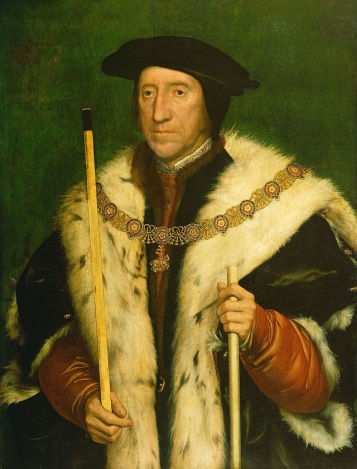
Various plans had been drafted but it was not until 1541 that it looked as though years of negotiation might finally bear fruit. Henry believed that James had agreed to meet him at York, whither he was travelling as part of a wider progress to demonstrate royal power following the Pilgrimage of Grace. The Abbey of St Mary at York was refurbished for James and his entourage, and arrangements made for safe-conduct through the north of England. James however, had never made any specific promise and the upshot was that he remained at home. Henry was beyond furious. He felt he had been humiliated by James and he would have his revenge.
Talks continued, but there was no real will on either side for peace. In October 1542 Thomas Howard, 3rd Duke of Norfolk, marched in excess of 10,000 men into Scotland on a spree of burning and looting between Berwick and Kelso, before retiring back into England. Henry also repeated his inflammatory claim that he was Scotland’s overlord.
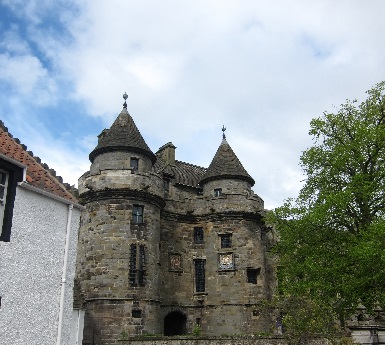
James raised some 15,000 troops and made a counter-attack, although, learning the lesson of his father’s death at Flodden, he did not lead his troops personally, but remained close by. Whether through ill-luck or incompetence, the Scots force was annihilated between the rivers Esk and Lyne and well over a thousand Scots were taken prisoner, including the Earls of Cassilis, Glencairn and Lord Maxwell who were sent south to Henry.
To compound the loss, James fell ill, probably with dysentery, and, retreating to Falkland Palace, died on the 14th December 1542. The news of his wife’s safe delivery of a child failed to comfort his last hours, as the baby was a girl, named Mary. This week old child was now Queen of Scots.
